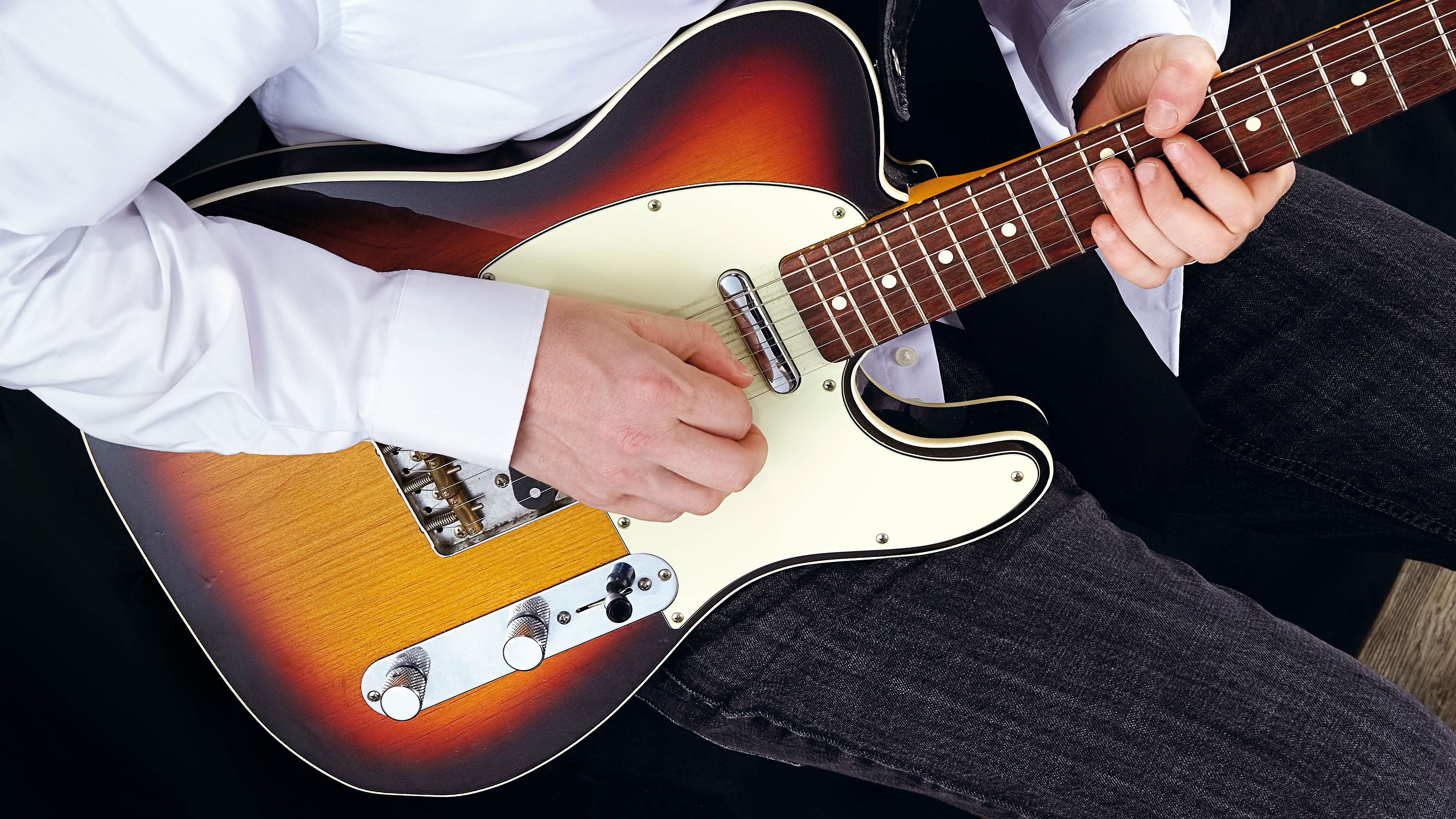
The pursuit of tone is often a very expensive one. All guitar players go down the rabbit hole at some stage and try to find new and exiting pieces of gear that will solve all of their tonal issues. But, what if I told you that you didn’t have to?
I'm going to share seven tips on how to get the best out of the gear you already have.
These are things I’ve learnt in my musical career so far. I’ve been working as a professional musician for over 10 years and in that time I’ve been a guitar teacher, session player, touring guitarist, YouTuber and more. Over this career I’ve learnt a lot about my own gear and how to get better results without breaking the bank.
1. Choose the right string gauge
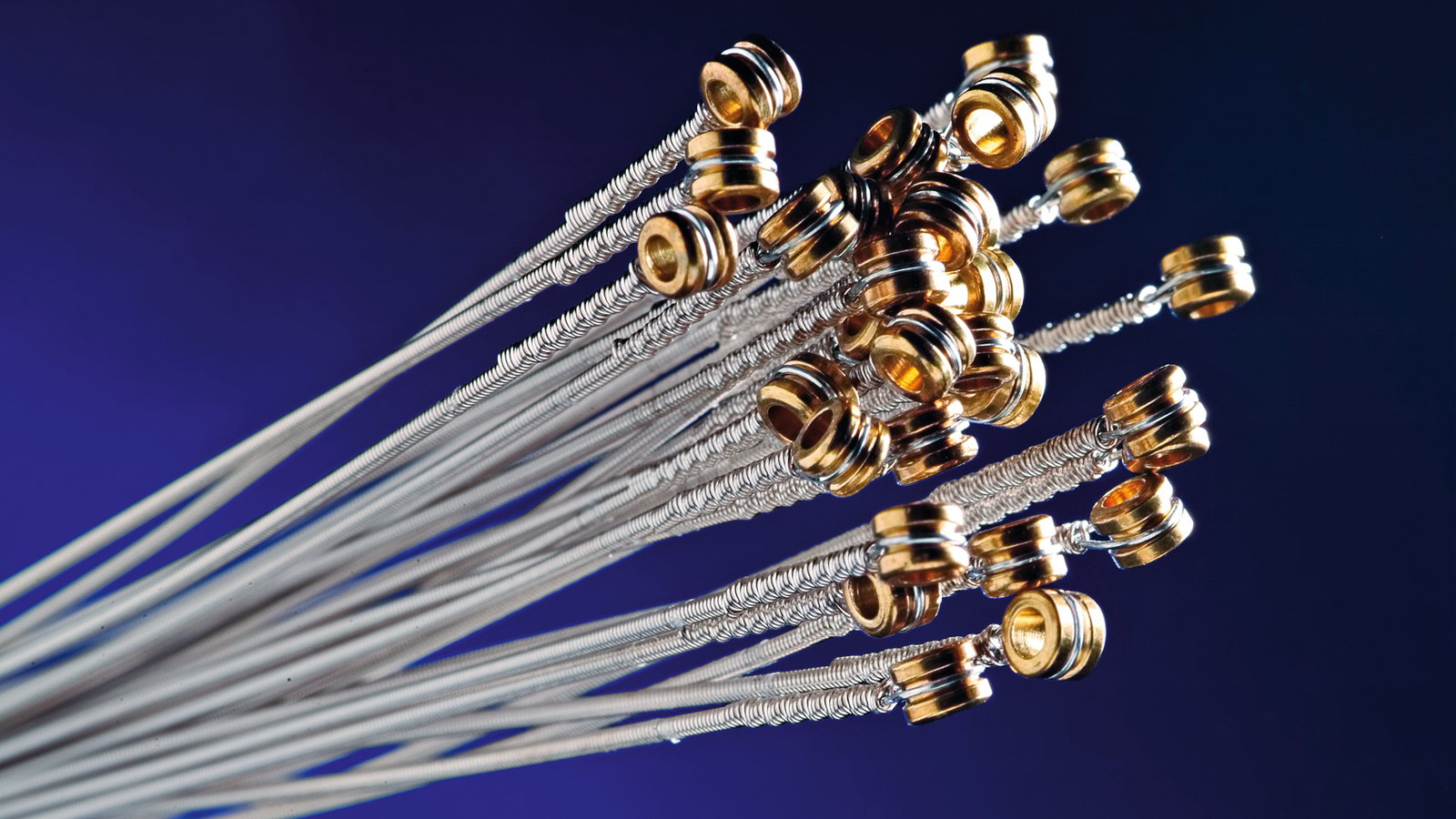
The impact of guitar string gauge vs tone is very hotly debated online. Some people feel it makes a huge difference and others feel it doesn't at all.
The general consensus for those who feel it matters is that thinner strings give you a thinner tone and fatter strings give you a fatter tone. Stevie Ray Vaughan used 13s for a reason, right?
In my own experience, I have found that finding the right gauge strings can affect your tone, in as much as it affects the way you play the guitar. If you have a gauge of strings that you are entirely comfortable with, your overall sense of playing dynamics and touch will be the way that it should be.
Remember, thicker strings add additional tension, so keep this in mind if you’re more of a lead guitar player – but they can also be physically harder on your fingers for bends. If you have a string gauge you’ve always used, I’d recommend trying the gauge above and below to see if you hear or feel any improvements.
2. Pick your pick
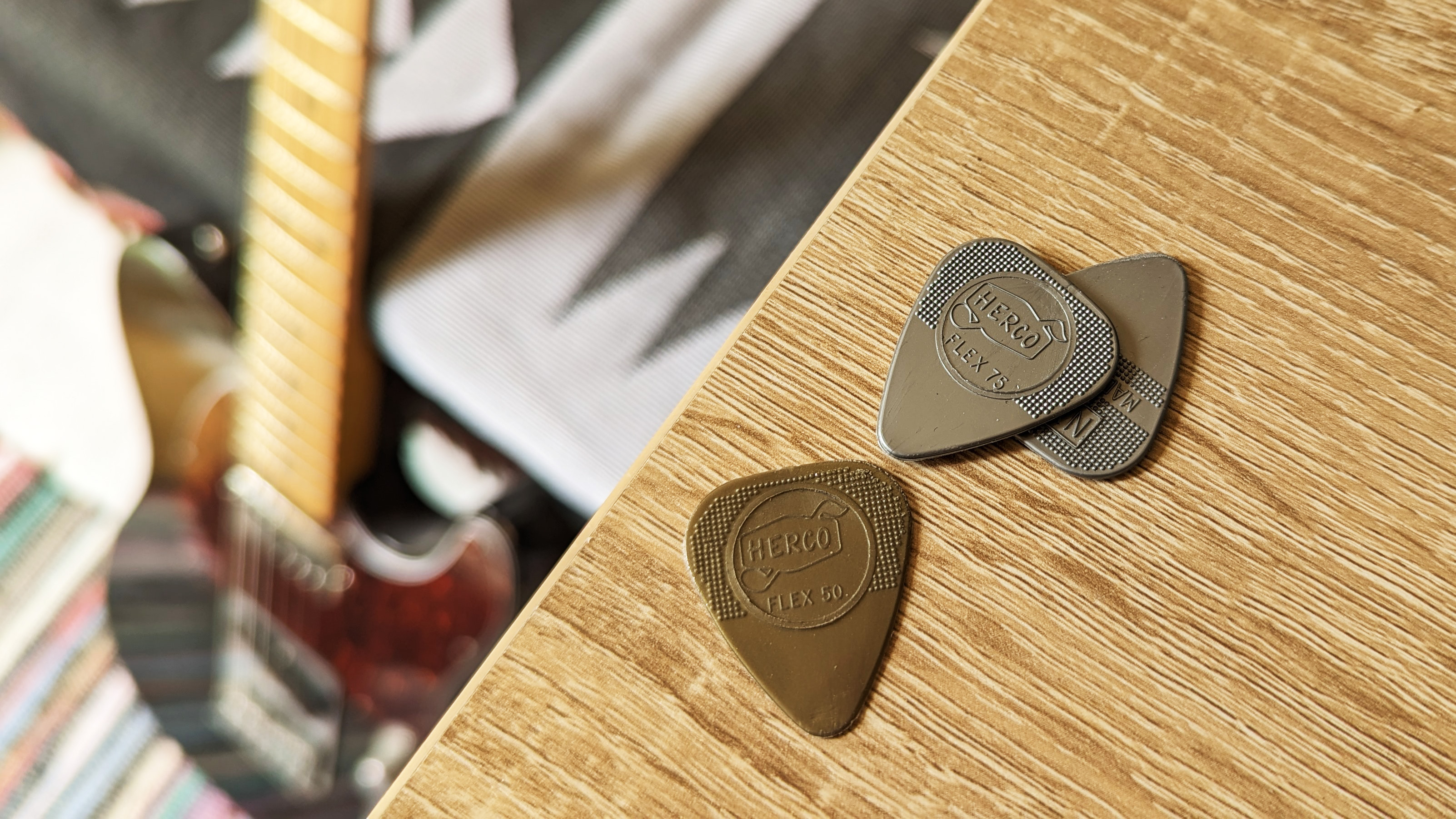
The thickness and material of your plectrum can also impact your tone. This is the main point of contact between your hand and the strings and making a change can sometimes be hugely beneficial to the feel of your playing, and also the sound. It's also a cheap way of changing things up – you might even already have alternative guitar picks at home that are more suited to your playing.
Thicker guitar picks will give you a more even, rounded tone. They’re great for articulate lead playing and playing more hard rock-based styles of music. Thinner picks are better for looser strummed playing and funk as there is less resistance between the guitar pick and string.
Pick material can also play a part in tone. Some materials like nylon will have a softer attack over harder plastic composite picks which will be a little brighter in the attack.
There is no one-size-fits-all for plectrums so go to your local store, buy a few varieties and see what feels and sounds the best to you.
Get set up for success
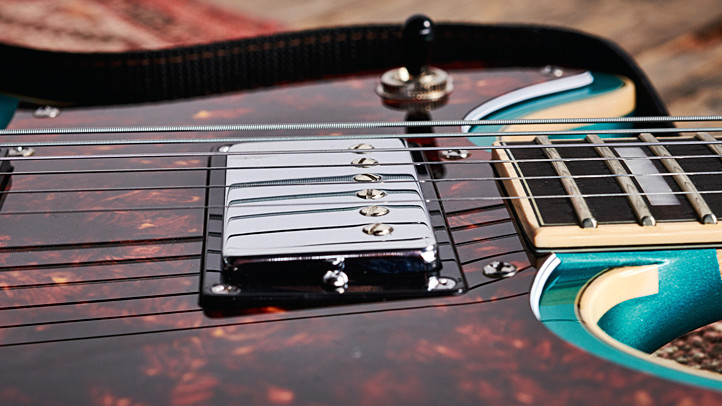
Much like choosing a pick or a string gauge, the overall setup of your guitar can improve your ability to play and also have benefits for your tone.
The two main things to consider are pickup height and string action when it comes to playing and sound.
Adjusting your pickup height is a great way to balance the tone and output of each pickup. To do this, you just adjust the pickup mounting screws to raise or lower the pickup. If you have a pickup that you feel is too hot, you can lower it to soften the output, and if you feel a pickup needs a boost, you can set it closer to the strings to increase the attack and top end.
When doing this, you should also ensure the volume between each pickup position on your guitar is balanced, you don’t want any large volume jumps as you change pickup positions.
The string action is the height of the strings away from the fretboard. This is a very personal setup trait and every player will have their own preference about this. There are some minor tonal changes that can happen.
Players who like a lower action may find they get an increase in top end, and higher action players will have a slightly warmer tone. This works the same way as pickup height, by adjusting the bridge to change the action you are moving the strings closer to, or further away from the pickups.
4. Learn how to EQ an Amp
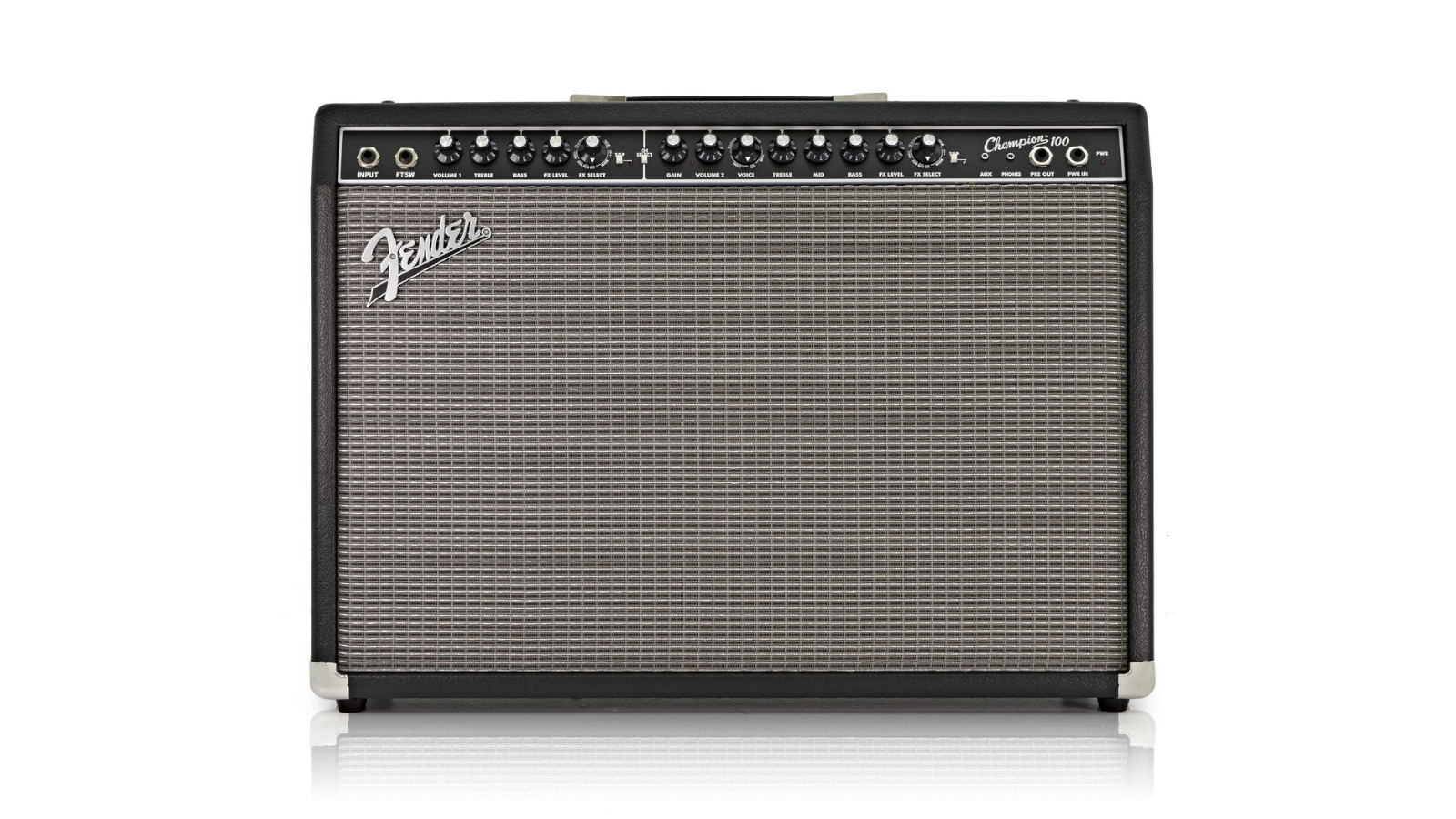
Learning how to quickly and easily EQ a guitar amp is an essential thing for all guitarists to learn. There may be times where you are put into a situation that you have to use an amp that you are unfamiliar with, or maybe you’ve just bought a new amp and you’re trying to figure out how to get the best out of it.
The best place to start with all amps is to set all the EQ controls to five
The best place to start with all amps is to set all the EQ controls to five. Setting everything exactly halfway usually gives you a fairly flat sound from the amp, this is a great place to start tweaking.
Once you’ve got the amp set this way, switch pickups, turn on any pedals you may be using and listen to the amp. Is it doing what you want?
At this stage you can start thinking about what you want from the amp. If you want it brighter or darker, you can make small EQ adjustments towards that.
Try to avoid any drastic and extreme EQ shifts, like setting things to 0 or 10.
5. Understand the midrange

The midrange in your guitar tone is the most important thing to understand, especially if you want to play in a band.
The midrange is the main area where the guitar lives. This frequency range is what helps the guitar cut through and adds character to the sound. If you remove the midrange, you are left with a dull, muddy, scooped sound.
If you are playing in a band, the extreme lows are occupied by the bass drum and bass guitar, and the extreme highs are occupied by the cymbals. The guitar is most comfortable right in the midrange between all these other instruments.
Like with all EQ tweaks, you don’t want to remove all the mid from your tone, you probably don’t want to set it on full either, but extra midrange never hurts in a live situation.
With your mid on five, you can tweak it slightly each way to find the sweet spot. As a general rule, British voiced amps (Marshall, Vox, Orange) have more midrange and American amps (Fender, Mesa Boogie) have a more scooped midrange.
6. Experiment with mic placement
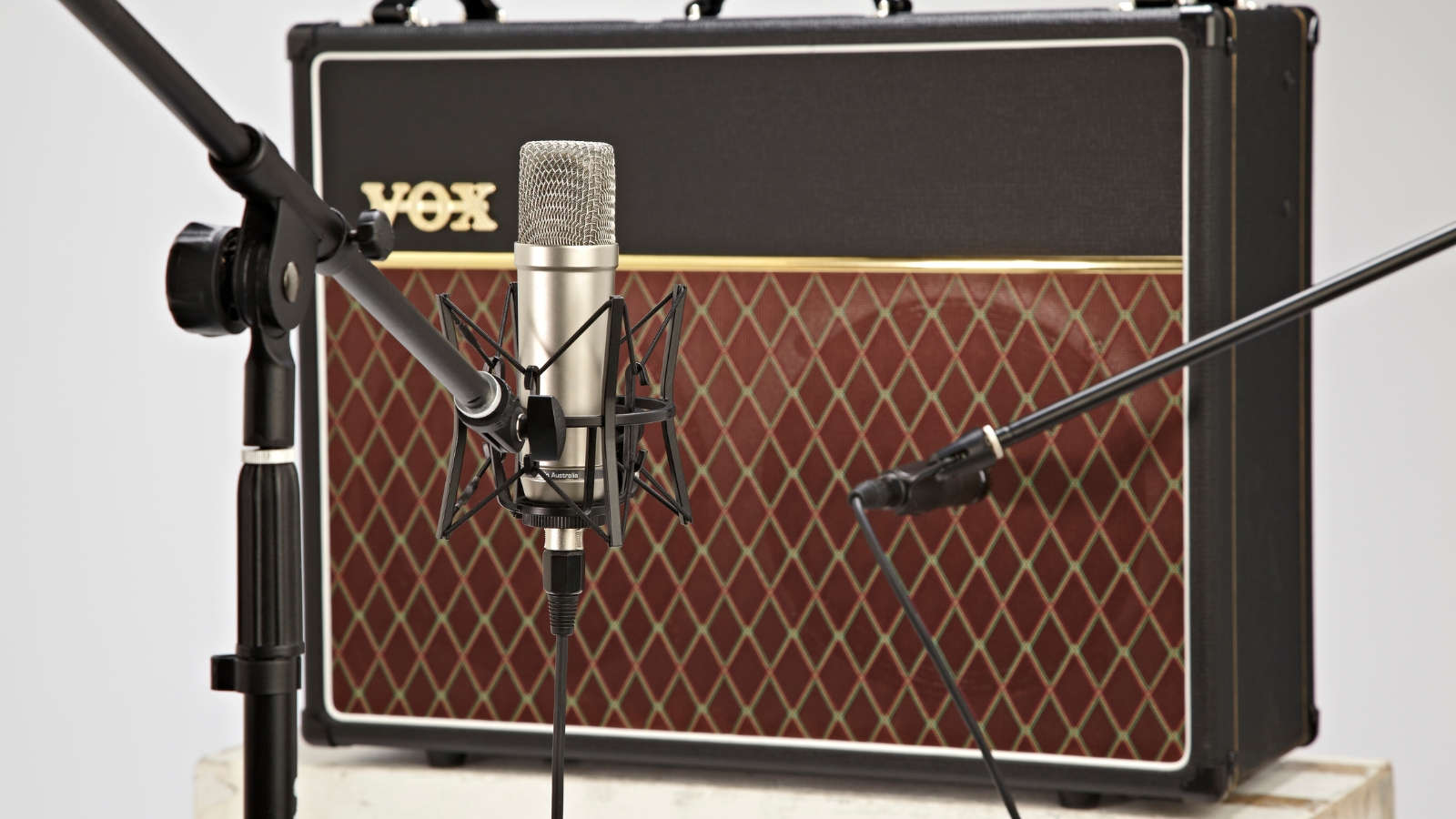
One of the easiest, and free ways to improve your tone in the studio or live is to experiment with the microphone placement. If you’re not getting the results you want from the microphone that you’re using, try moving it to some different positions before looking to replace it.
You can think of mic placements in two different ways.
Starting from the centre of the speaker cone, you can move the mic side to side. The middle of the speaker cone will give you the most direct and bright tone, as you move it to the side you’ll start to remove a little top end and add a bit more midrange and low end.
You can also move the microphone closer to or further away from the speaker grille. The closer it is to the grille, the more direct the sound because there is very little between the speaker and the microphone.
The further away that it gets move, the more of the room ambience you let in and the softer the overall sound.
Close mic'ing is great for high gain tones with a lot of focus, mic'ing further away is great for strummed chords, or when you want a guitar part to sound a lot more open.
7. Don’t use too much gain
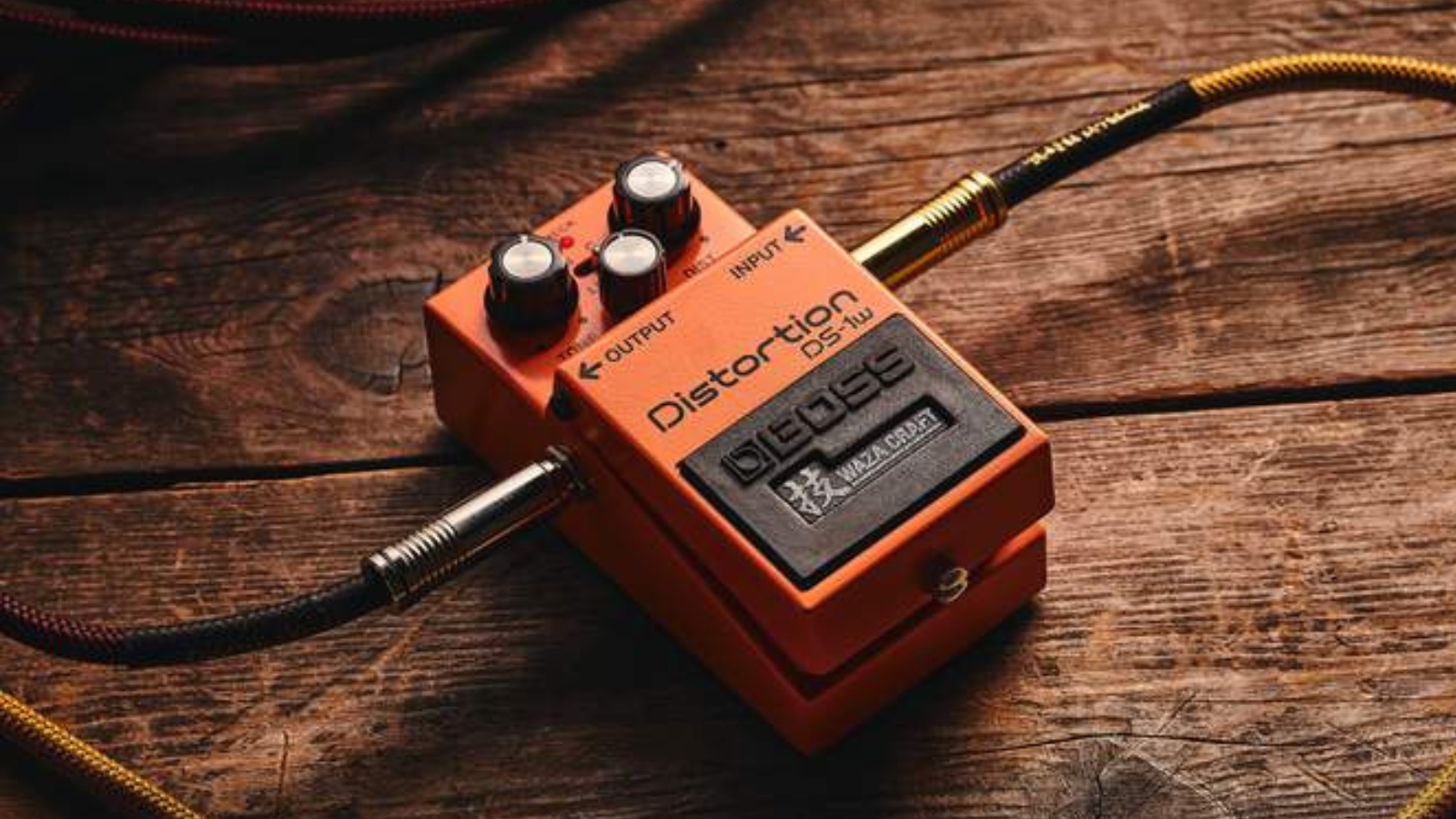
Using too much gain is a very easy pitfall to enter into. The more gain you use, the more natural compression you get and therefore the nicer things feel under the fingers. However, too much gain can have a detrimental effect on your tone. It can make things muddy and remove clarity.
If you want a higher gain tone, try stacking two lower gain drives together. This can be in the form of two different overdrive pedals, or running an overdrive pedal into an already overdriven amp.
This combination will give you a fatter sound, with less of the messy sound you get from cranking the gain control on a single source.







